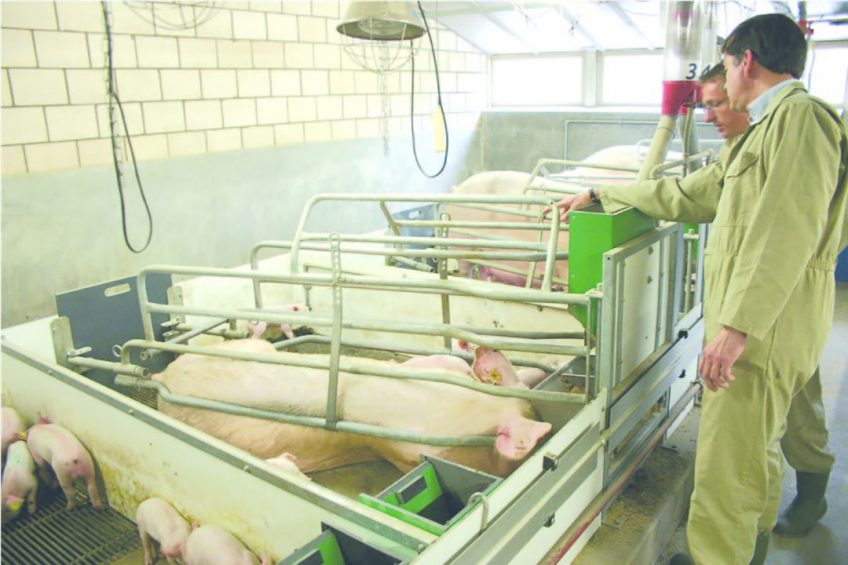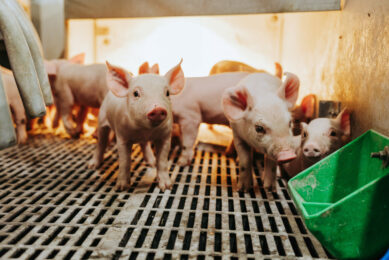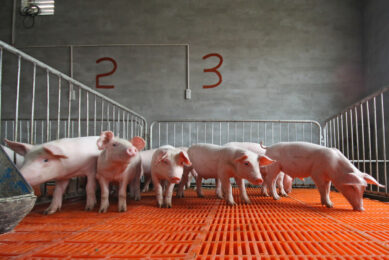How to do a clinical pig examination?

Challenge
“Is it me or is that pig behaving funny?” Every pig farmer must have that question from time to time. Now how to verify if a pig might have a problem? Sometimes a basic check-up can help to get a first impression, to see if the hunch was correct. A clinical examination can be done in 4 steps.
Best practice approach
- A check-up starts with homework: what is the history of the animal?
- What follows is a broader look, observing the pig and other herd members.
- Next step, a general examination.
- Does the pig eat and defecate well?
- Does it breathe normally and have no fever?
- Do skin, hair, hooves, teats and vulva look normal?
- Does the animal move awkward?
- In the case of more questions than answers, perhaps it is time to call the vet. He or she can for instance do laboratory tests, a post-morten examination or a climate analysis to find the cause of the problem.
For more practical pig tips, check out these books













